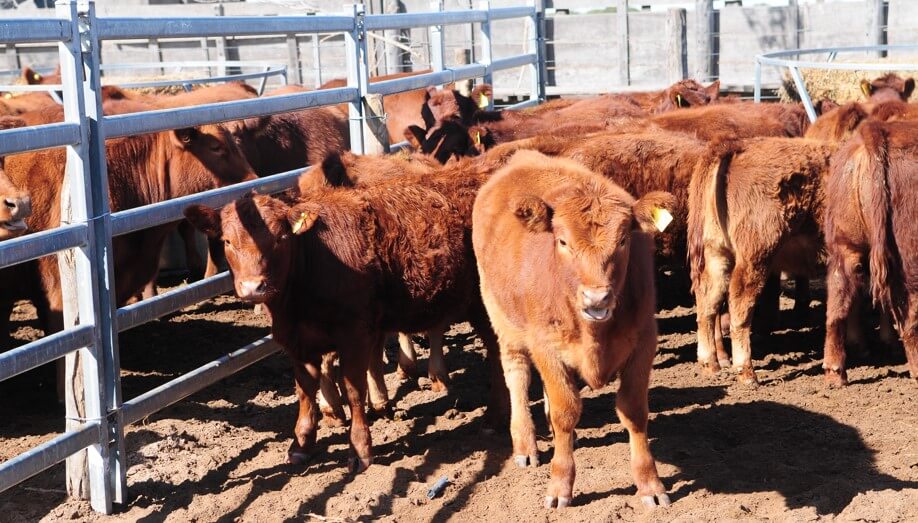In a context of strong inflationary pressure on food prices, the beef constitutes a separate case. A combination of domestic demand that cannot validate increases and a high level of supply keeps butchers’ tables in a flat line.
The Rosario livestock market (Rosgan) analyzed the evolution of retail values. “Over the past four months, the price of beef has seen price adjustments that fail to cover the inflationary increase, accumulating reductions of more than 18% in real terms”, They stressed.
AIM: The hacienda, with a bitter toast: the classic “gift” of prices for the holidays does not arrive
In one year, and as calculated from Institute for the Promotion of Argentine Meat (Ipcva), in the last 12 months of the year the price of beef increased by just 68%, against an inflation that in the same period was approaching 83%. Meanwhile, cheaper alternatives like chicken show 89% increases per year.
SECTORS WITH LESS RESOURCES
These increases had a well-differentiated dynamic. While the cheaper cuts, like skirt y osobuco– rose up to 110% year on year, those with the highest value increases of less than 40% year on year.
In this way, the greatest impact of the increases fell on the sectors of the population with less purchasing power. Faced with this situation, they seek cheaper alternatives or reduce their food intake.
According to Rosgan, beef consumption has been virtually stagnant for a year average of 48 kilos per year per inhabitantfrom 55 to 60 kilos that the domestic market was able to absorb until 2019.
A COMPLEX FUTURE SCENARIO
With these variables, it will be difficult for the livestock and meat supply chain recover in the short term the profitability lost in the last four months. At the same time, the supply does not provide positive signs of recovery: slaughter is high, there is a large number of cattle leaving the fields due to the dry season and the feed maintains a high level of employment.
Export also presents problems, from withdrawal in prices per ton shipped in China and Europe.
“We see an end of the year where these price corrections will most likely tend to moderate, extending into the early months of next year as the farm starts to run out. provided that the weather conditions allow to reactivate a normal development of wintering in the field“, They concluded.


